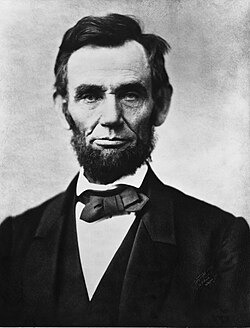
A Shenandoah, also known as an Amish beard, a chin curtain, a Donegal, a Dutch beard, [1] a Lincoln, a spade beard, or a whaler [2] , is a style of beard where the hair is grown full and long over the jaw and chin, meeting the sideburns, while the hair above the mouth is shaved. [3]




